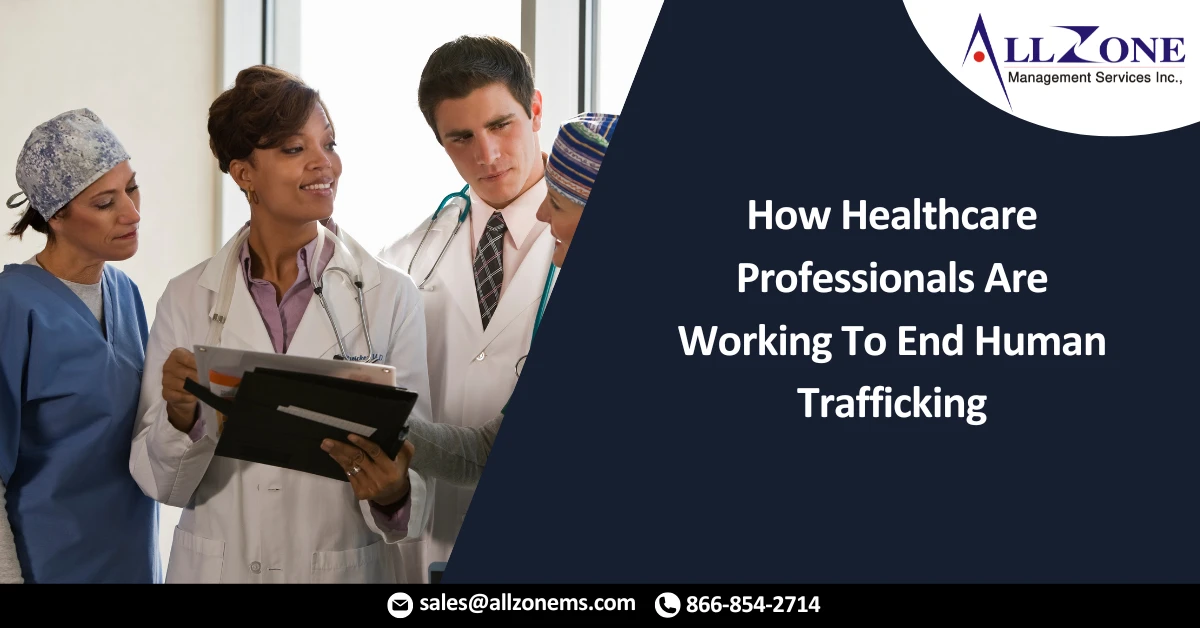Physicians, paramedics and other healthcare professionals are accustomed to treating medical conditions. But they are also increasingly part of efforts to end human trafficking, according to The Washington Post.
According to the United Nations’ International Labor Organization, an estimated 40.3 million people worldwide were being forced to work against their will under threat or living in a forced marriage in 2016.
Trafficking victims experience injuries, sexually transmitted diseases and other problems, and many end up interacting with healthcare workers, the Post reports.
Amid these interactions, healthcare professionals are trying to help identify human trafficking victims. For instance, an emergency room nurse at Detroit-based Henry Ford Hospital created a screening protocol that helped flag 17 human trafficking victims over a year’s time.
The Post reports other efforts as well, including organizations such as HEAL trafficking teaching healthcare organizations to identify patients in danger and address their needs.
President Donald Trump also signed the SOAR to Health and Wellness Act in 2018, which, according to the Post, created a trafficking-related continuing education program for healthcare workers.
In addition, new ICD-10 codes took effect in 2018 to help healthcare providers document sex and labor exploitation.
For More Information: https://www.beckershospitalreview.com/population-health/how-healthcare-professionals-are-working-to-end-human-trafficking.html

